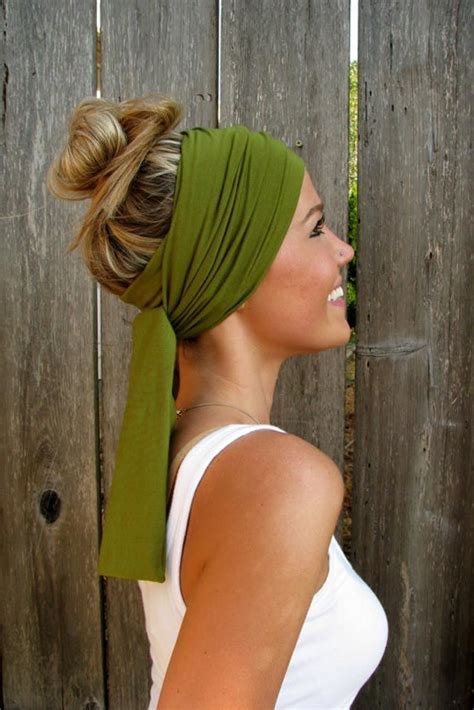Introduction
A cancer diagnosis can be life-changing, and losing hair due to chemotherapy is often one of the most challenging aspects. Head scarves provide a simple but effective way to cover hair loss and maintain a sense of identity. This guide offers a comprehensive exploration of head scarves for women with cancer, providing detailed insights into their types, benefits, and how to wear them.

The Benefits of Head Scarves
Head scarves offer numerous benefits for women with cancer:
- Cover Hair Loss: Scarves effectively conceal hair loss, providing a sense of privacy and normalcy.
- Comfort and Warmth: Scarves provide warmth and comfort to the scalp, especially during cold weather.
- Protect the Scalp: Scarves can protect the sensitive scalp from the sun’s harmful UV rays and prevent irritation from wind and rain.
- Accessorize: Scarves add a touch of style and personality, allowing women to express their individuality during treatment.
- Emotional Support: Head scarves can provide a sense of control and empowerment during a challenging time, boosting self-confidence and well-being.
Types of Head Scarves
There is a wide range of head scarves available, each with its unique style and benefits:
- Turban Scarves: Pre-tied scarves that resemble a turban, offering easy wear and a secure fit.
- Square Scarves: Large, versatile scarves that can be folded and tied in multiple ways for a variety of looks.
- Bandanas: Smaller, triangular scarves that can be worn around the head, covering the scalp or forehead.
- Beanies: Knitted or crocheted caps that cover the entire head, providing warmth and comfort.
- Head Wraps: Long, rectangular scarves that can be wrapped around the head in various styles for a flattering coverage.
Choosing the Right Head Scarf
Selecting the right head scarf depends on personal preferences and needs:
- Size and Shape: Consider the size and shape of the head and hair loss pattern to choose a scarf that provides adequate coverage.
- Material: Choose breathable and comfortable materials such as cotton, silk, or bamboo for extended wear.
- Style: Experiment with different styles to find the one that best complements the face shape and outfit.
- Accessories: Add embellishments or accessories like pins, headbands, or clips to personalize the scarf and enhance the style.
How to Wear a Head Scarf
Wearing a head scarf is a personal experience that allows for creativity and self-expression. Here are some simple steps to guide you:
- Prepare the Scarves: Fold or tie the scarf according to the desired style.
- Place the Scarf: Position the scarf on the head, adjusting the coverage as needed.
- Secure the Scarf: Tie the scarf according to the chosen style, ensuring it is secure but not too tight.
- Accessorize: Add embellishments or accessories to complete the look.
FAQs about Head Scarves
Here are some common questions about head scarves:
- What is the best way to tie a scarf? Experiment with different tying methods to find the one that is most comfortable and flattering.
- How often should I wash my head scarf? Wash your head scarf regularly, especially after prolonged use or in hot weather.
- Can I wear head scarves in formal settings? Yes, there are head scarves designed to complement formal attire.
- Where can I find head scarves for cancer patients? Check with local cancer support organizations, online retailers, or specialty wig shops.
Conclusion
Head scarves offer comfort, style, and support for women undergoing cancer treatment. By choosing the right type, style, and fit, women can create a personal expression of their style and embrace their beauty during this challenging time. Whether for practicality, warmth, or emotional support, head scarves empower women to face cancer with confidence and grace.
